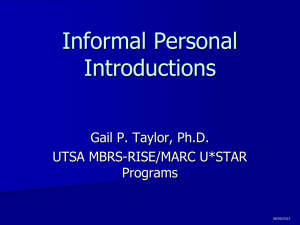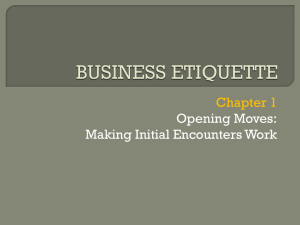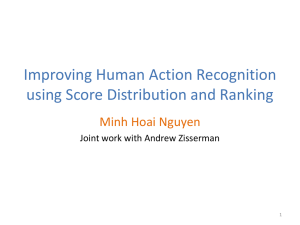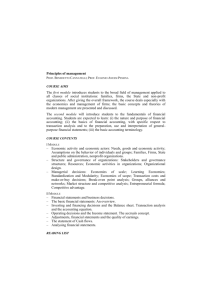AMERICAN UNIVERSITY Department of Economics
advertisement
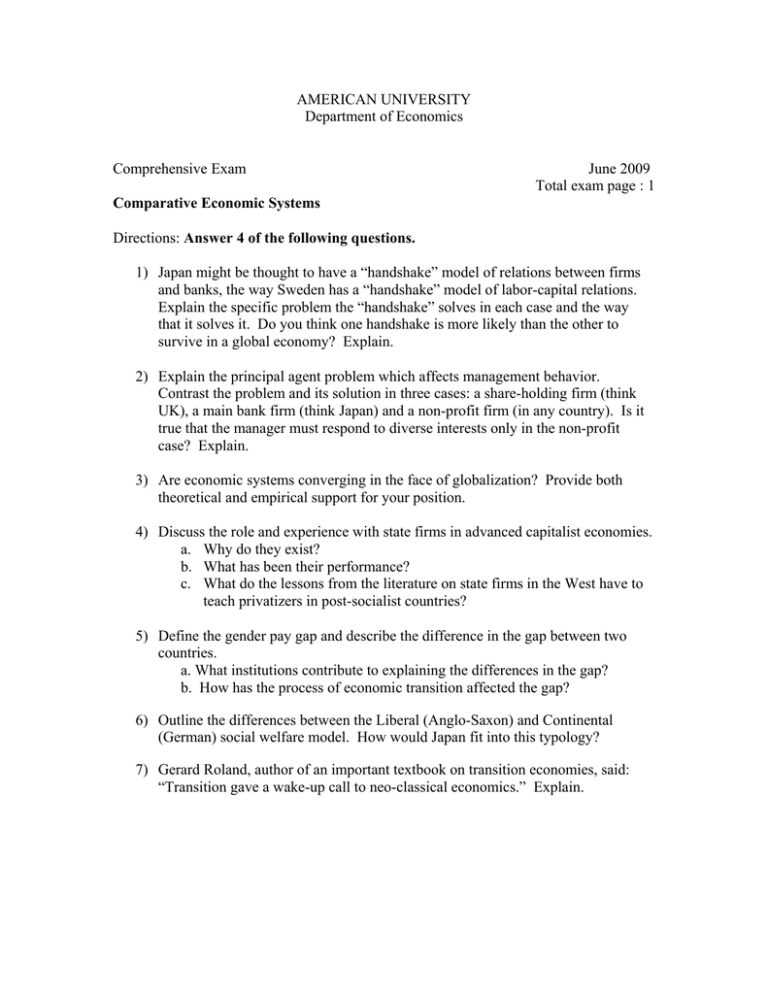
AMERICAN UNIVERSITY Department of Economics Comprehensive Exam June 2009 Total exam page : 1 Comparative Economic Systems Directions: Answer 4 of the following questions. 1) Japan might be thought to have a “handshake” model of relations between firms and banks, the way Sweden has a “handshake” model of labor-capital relations. Explain the specific problem the “handshake” solves in each case and the way that it solves it. Do you think one handshake is more likely than the other to survive in a global economy? Explain. 2) Explain the principal agent problem which affects management behavior. Contrast the problem and its solution in three cases: a share-holding firm (think UK), a main bank firm (think Japan) and a non-profit firm (in any country). Is it true that the manager must respond to diverse interests only in the non-profit case? Explain. 3) Are economic systems converging in the face of globalization? Provide both theoretical and empirical support for your position. 4) Discuss the role and experience with state firms in advanced capitalist economies. a. Why do they exist? b. What has been their performance? c. What do the lessons from the literature on state firms in the West have to teach privatizers in post-socialist countries? 5) Define the gender pay gap and describe the difference in the gap between two countries. a. What institutions contribute to explaining the differences in the gap? b. How has the process of economic transition affected the gap? 6) Outline the differences between the Liberal (Anglo-Saxon) and Continental (German) social welfare model. How would Japan fit into this typology? 7) Gerard Roland, author of an important textbook on transition economies, said: “Transition gave a wake-up call to neo-classical economics.” Explain.


